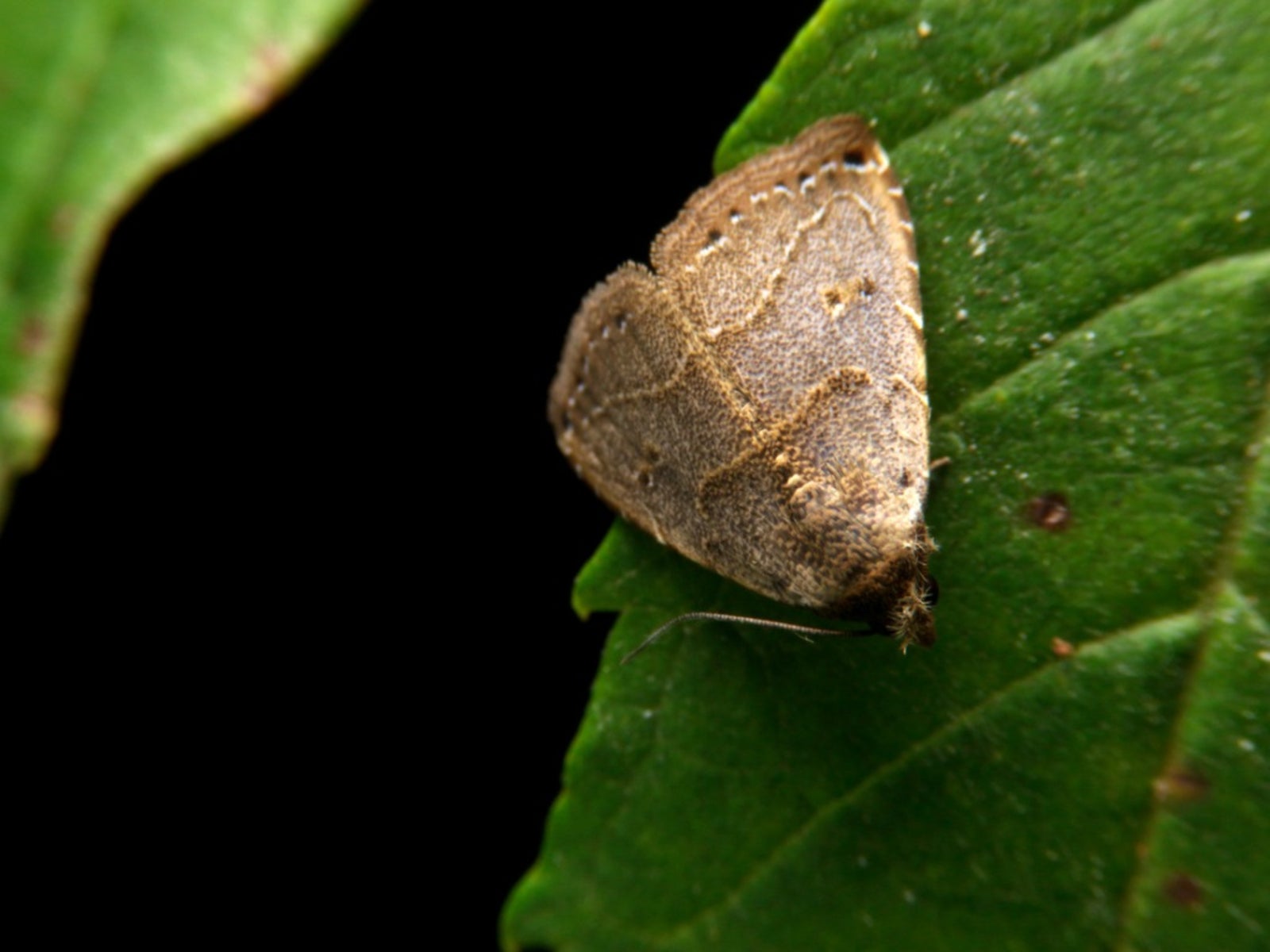Strawberry Leafroller Damage: Protecting Plants From Leafroller Insects


If you've noticed any unsightly looking leaves or caterpillars feeding on your strawberry plants, then it's highly possible you have come across the strawberry leafroller. So what are strawberry leafrollers and how do you keep them at bay? Continue reading to learn more about leafroller control.
What are Strawberry Leafrollers?
Strawberry leafrollers are small caterpillars that feed on dead and rotting strawberry fruit and foliage. As they feed on the leaves, the caterpillars roll them up and tie them together with silk. Since they feed mainly on decaying parts of the plant, their feeding practices don't significantly impact the yield or decrease the plant's vigor, but the leaf bundles are unsightly. Leafroller control measures are most effective when the caterpillars are young. To catch them early, watch for the adult moths, which are 1/4 to 1/2 inch (6-13 mm.) long and vary in appearance depending on the species. Most are brown or buff-colored with dark markings. The caterpillars are slender and about 1/2 inch (13 mm.) long with greenish brown bodies and dark heads. Young caterpillars prefer to live in the leaf and fruit litter under the plants, so you may not see them until the damage is done and treatment becomes difficult. Strawberry leafrollers include a number of species in the Tortricidae family, including farden tortrix (Ptycholoma peritana), light brown apple moth (Epiphyas postvittana), orange tortrix (Argyrotaenia franciscana), and apple pandemis (Pandemis pyrusana). The adults of some species may feed on the fruit, but the primary damage comes from the feeding larvae. These non-native insects were accidently imported from Europe about 125 years ago and are now found throughout the U.S.
Strawberry Leafroller Damage
While young, the strawberry leafroller caterpillars perform a service in the garden, breaking down decaying debris under the plants and recycling it into nutrients that feed the plants. As ripening fruit comes in contact with the leaf litter, the caterpillars may begin chewing small holes in them. They also build shelters by rolling up the leaves and tying them together with silk. Significant populations may interfere with the formation of runners.
How to Prevent Strawberry Leafrollers
Use a leaf blower to remove the decaying debris under the strawberry plants where the larvae and pupa overwinter. Bacillus thuringiensis and spinosad sprays are both effective in treating young larvae. These are organic insecticides that have minimal impact on the environment. Once they begin to hide inside rolled-up leaves, clip out the affected leaves and destroy them. Read and follow the instructions on insecticide labels carefully and make sure they are labeled for use on strawberries and leafrollers. Store any unused portions of the insecticides in their original container and out of the reach of children.
Sign up for the Gardening Know How newsletter today and receive a free copy of our e-book "How to Grow Delicious Tomatoes".

Jackie Carroll has written over 500 articles for Gardening Know How on a wide range of topics.